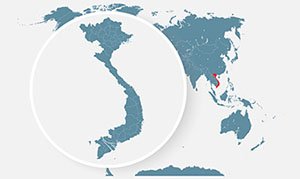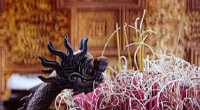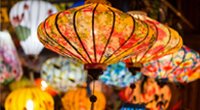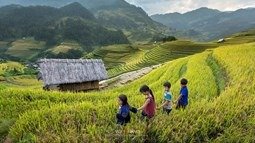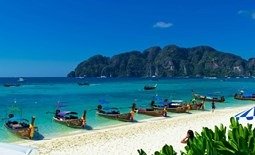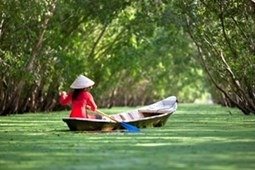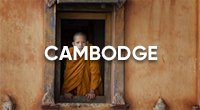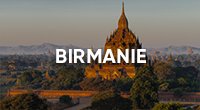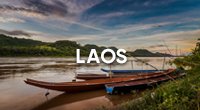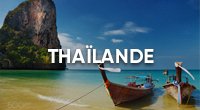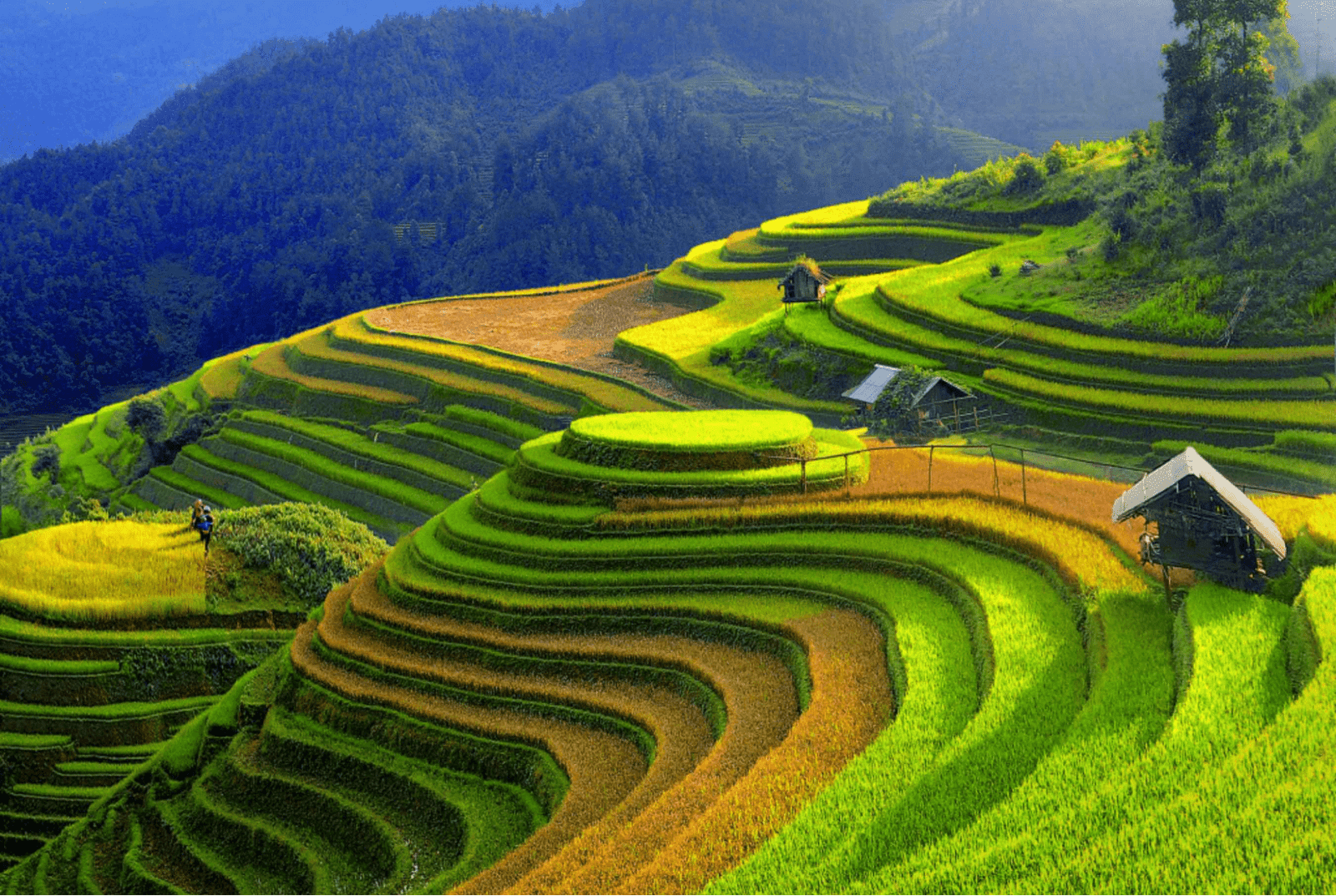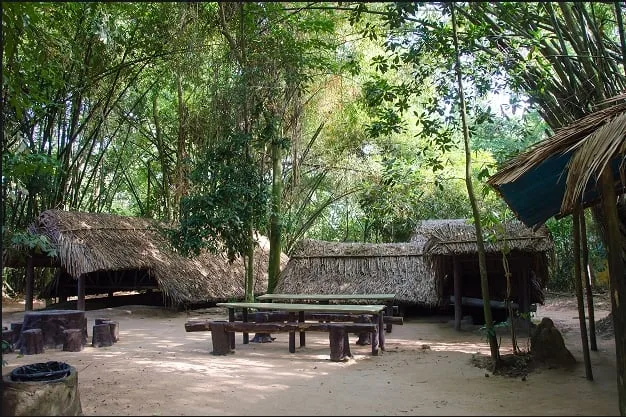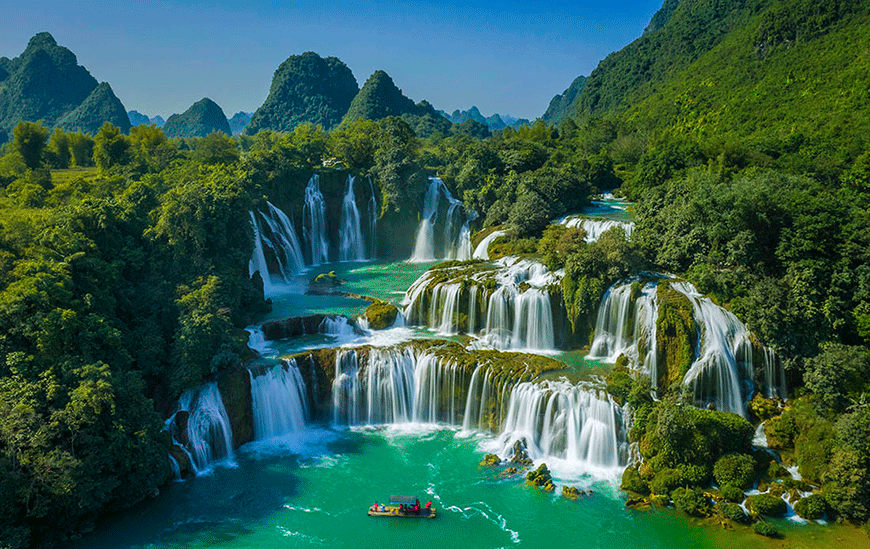Contents
ToggleWhere is Yen Bai?
Nestled about 180 km northwest of Hanoi, Yên Bái is often called the gateway to Vietnam’s northern mountains. It’s a province of dramatic landscapes, famous for its Mu Cang Chải terraced rice fields, winding mountain passes, and tranquil lakes. Unlike Sapa or Ha Giang, Yên Bái remains quieter and less touristy, offering a more authentic atmosphere for travelers who want to experience northern Vietnam’s raw beauty and deep cultural roots.
Yên Bái is also a cultural crossroads, home to more than 30 ethnic minority groups, including the Hmong, Dao, Thai, Tay, Nung, Cao Lan, and Phu La. Each community maintains unique traditions, from vibrant festivals and colorful textiles to folk music and agricultural rituals. This cultural diversity gives Yên Bái its distinctive charm, making a trip here not just about landscapes, but also about people and heritage.
Geographically, the province stretches from the Red River Valley to high mountain ranges, with elevations ranging from fertile plains in Nghĩa Lộ to rugged peaks like Tà Chì Nhù (2,979 m, Vietnam’s 6th highest mountain). Its diverse topography means you can experience everything from rice farming culture to adventure trekking and lakeside relaxation—all in one destination.
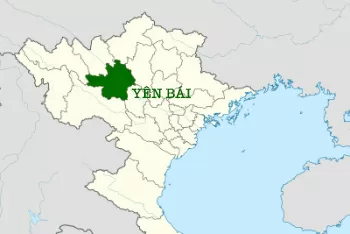
Best Time to Visit Yen Bai
Yên Bái is beautiful year-round, but each season brings a different experience.
🌿 May–June (Water Season)
When the rice terraces in Mu Cang Chải are freshly flooded, they reflect the sky like giant mirrors. Farmers begin planting rice seedlings, creating a mosaic of greens and blues that photographers love.
🌾 September–October (Harvest Season)
This is the most famous and photogenic time to visit Mu Cang Chải. The terraces glow golden as rice ripens, drawing photographers and travelers from all over the world. Festivals are often held during this period to celebrate the harvest.
🍁 September–January (Cloud-Hunting Season)
The high mountains of Tà Xùa, Tà Chì Nhù, and Lìm Mông are perfect for those who want to see “sea of clouds” landscapes at sunrise. Crisp air and cool weather make trekking ideal. Tram Tau hot springs are also especially inviting at this time.
🌸 March (Flower Season)
In Nghĩa Lộ Valley, white ban flowers (Bauhinia) and pink sơn tra blossoms (mountain apple) cover the hillsides, creating one of the most romantic scenes in northern Vietnam.
🎉 Festivals in Yen Bai
- Mẫu Thác Bà Temple Festival (9th day of Lunar New Year): Pilgrims gather at Thác Bà Lake to worship Mother Goddess Thác Bà, seeking blessings for health and prosperity.
- Mường Lò Dancing Festival (last lunar month): A celebration of Thai ethnic culture, featuring Xòe dances and traditional food.
- Xên Mường Festival (Jan/Feb): Held by the Thai community to pray for good harvests and peace, with rituals, offerings, and communal dancing.
👉 Best Overall Time: If you want stunning scenery + cultural immersion, plan your trip around late September, when Mu Cang Chải harvest and Nghĩa Lộ festivals happen together.
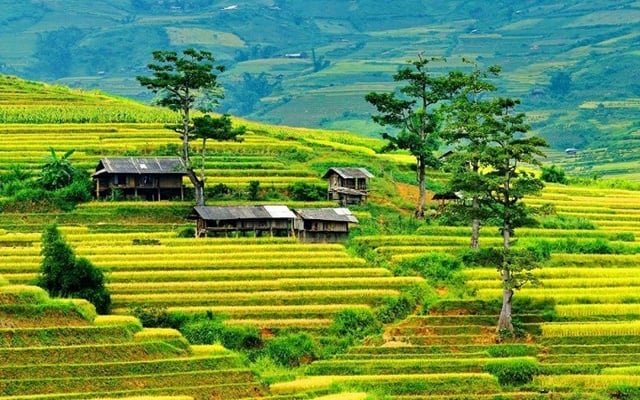
How to Get to Yen Bai
Yên Bái is accessible from Hanoi by several means of transport:
🚆 By Train
- Popular trains include YB3, SP1, SP3, taking about 4h15 to Yên Bái Station.
- Overnight trains are available if continuing to Lao Cai (Sapa).
- Comfortable, safe, and scenic, though slightly slower than buses.
🚌 By Bus
- From Mỹ Đình Bus Station in Hanoi: ~4h30 to Yên Bái City or Nghĩa Lộ.
- Options include standard coaches and sleeper buses. Affordable and frequent.
🏍️ By Motorbike
- A favorite for adventurous travelers. The route from Hanoi via Sơn Tây – Thanh Sơn – Nghĩa Lộ is stunning but challenging, with winding mountain roads.
- Allows flexibility to stop at villages, waterfalls, and mountain passes.
🚗 Private Car with Driver
- The most comfortable option, especially if combining Yên Bái with Sapa, Hà Giang, or Điện Biên Phủ.
- Recommended for families or groups who want flexibility and less hassle.
✈️ Nearest Airports
Yên Bái does not have its own commercial airport, but travelers can fly to Noi Bai International Airport (Hanoi) or Nội Bài – Lao Cai Expressway for faster access by car.
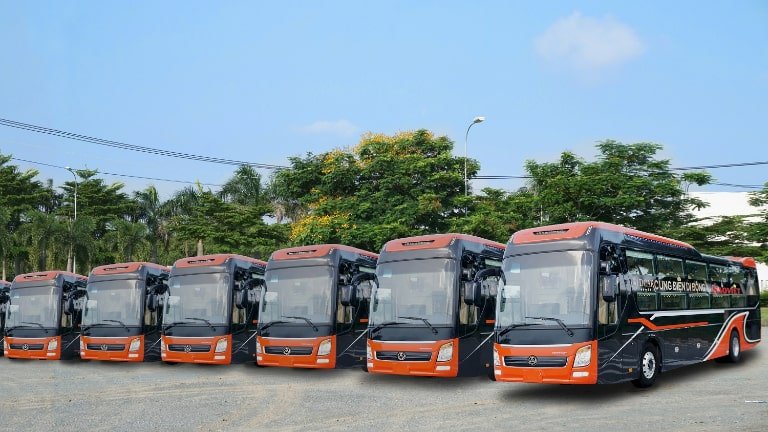
What to See in Yen Bai
🌾 Mu Cang Chải – UNESCO Terraced Rice Fields
- Declared a National Heritage Site, Mu Cang Chải’s terraced fields are among the world’s most beautiful.
- Key spots include:
- Khau Phạ Pass: One of Vietnam’s “Four Great Passes”, offering panoramic views.
- La Pán Tẩn, Chế Cu Nha, Dế Xu Phình: Villages with iconic layered terraces.
- Meet Hmong communities who live in stilt houses, weave hemp textiles, and sell honey, sticky rice cakes, and grilled corn.
🌸 Nghĩa Lộ – Heart of Thai Culture
- Located in the Mường Lò Valley, known for its vast rice fields.
- Famous for Xòe dancing (a UNESCO-recognized Thai dance performed hand-in-hand in large circles).
- Visit Bản Sà Rèn village to learn about Black Thai culture, from weaving to cooking traditional dishes.
🏡 Ngòi Tử Village – Dao Ethnic Traditions
- Situated in Yên Bình District near Thác Bà Lake.
- Visitors can stay in community homestays, join in Dao traditional music performances, and learn about herbal medicine and handicrafts.
🌊 Thác Bà Lake – “Halong Bay of the Mountains”
- A vast artificial lake with over 1,300 islands, limestone caves, and lush mountains.
- Perfect for boat trips, kayaking, and fishing.
- Home to the Cao Lan ethnic group, known for their traditional stilt houses and cultural practices.
🗻 Trạm Tấu – Adventure and Relaxation
- A hidden gem for both trekkers and those seeking tranquility.
- Highlights:
- Natural hot springs: Outdoor pools surrounded by mountains.
- Tà Chì Nhù Peak (2,979m): Known as the “cloud-hunting paradise.”
- Remote ethnic villages: Háng Tề Chơ and Cù Vai, accessible only by trekking.
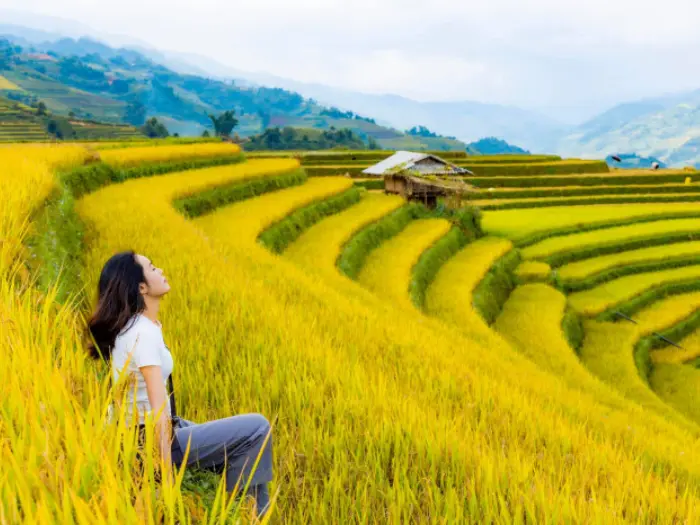
Suggested Itineraries from Yen Bai
Yên Bái is perfectly positioned as a stopover or base for wider northern Vietnam explorations:
- To Sapa (Lào Cai): Visit Fansipan (Vietnam’s highest peak), ethnic markets, and terraced valleys. (~4 hours from Yên Bái).
- To Bắc Hà (Lào Cai): Famous for the Sunday ethnic market, where Hmong, Dao, and Phu La communities trade colorful textiles, livestock, and herbs.
- To Hà Giang: One of Vietnam’s most breathtaking road trips, with the Mã Pí Lèng Pass, Đồng Văn Karst Plateau, and Meo Vac. (~7 hours from Yên Bái).
- To Điện Biên Phủ: Explore Vietnam’s history at the site of the 1954 battle that ended French colonial rule. (~9 hours by road).
👉 Travel tip: Hiring a private car with a local guide allows you to combine Yên Bái with these destinations while stopping at lesser-known ethnic villages along the way.
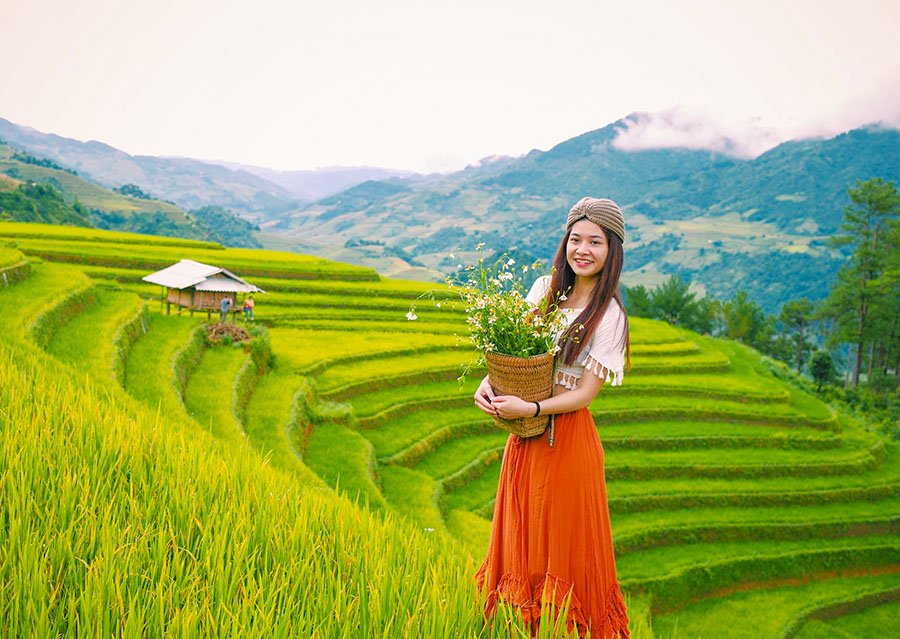
Practical Travel Tips for Yen Bai
✅ Duration: Spend at least 3–4 days in Yên Bái to cover Mu Cang Chải, Nghĩa Lộ, and Thác Bà Lake. Add more days for trekking or combining with Hà Giang/Sapa.
✅ Accommodation: Options range from rustic homestays (Dao or Thai villages) to eco-lodges and basic guesthouses in Mu Cang Chải and Nghĩa Lộ.
✅ Transport: Roads can be steep and winding—if not confident on a motorbike, opt for a bus or car with driver.
✅ Clothing: Bring light clothes for the day, but warm jackets for chilly nights in the mountains (especially Sept–Jan).
✅ Local Etiquette: Respect ethnic customs—ask before taking photos, dress modestly in villages, and join in festivals or dances if invited.
✅ Food: Try sticky rice (xôi ngũ sắc), forest honey, grilled stream fish, buffalo meat, and local wine (rượu cần).
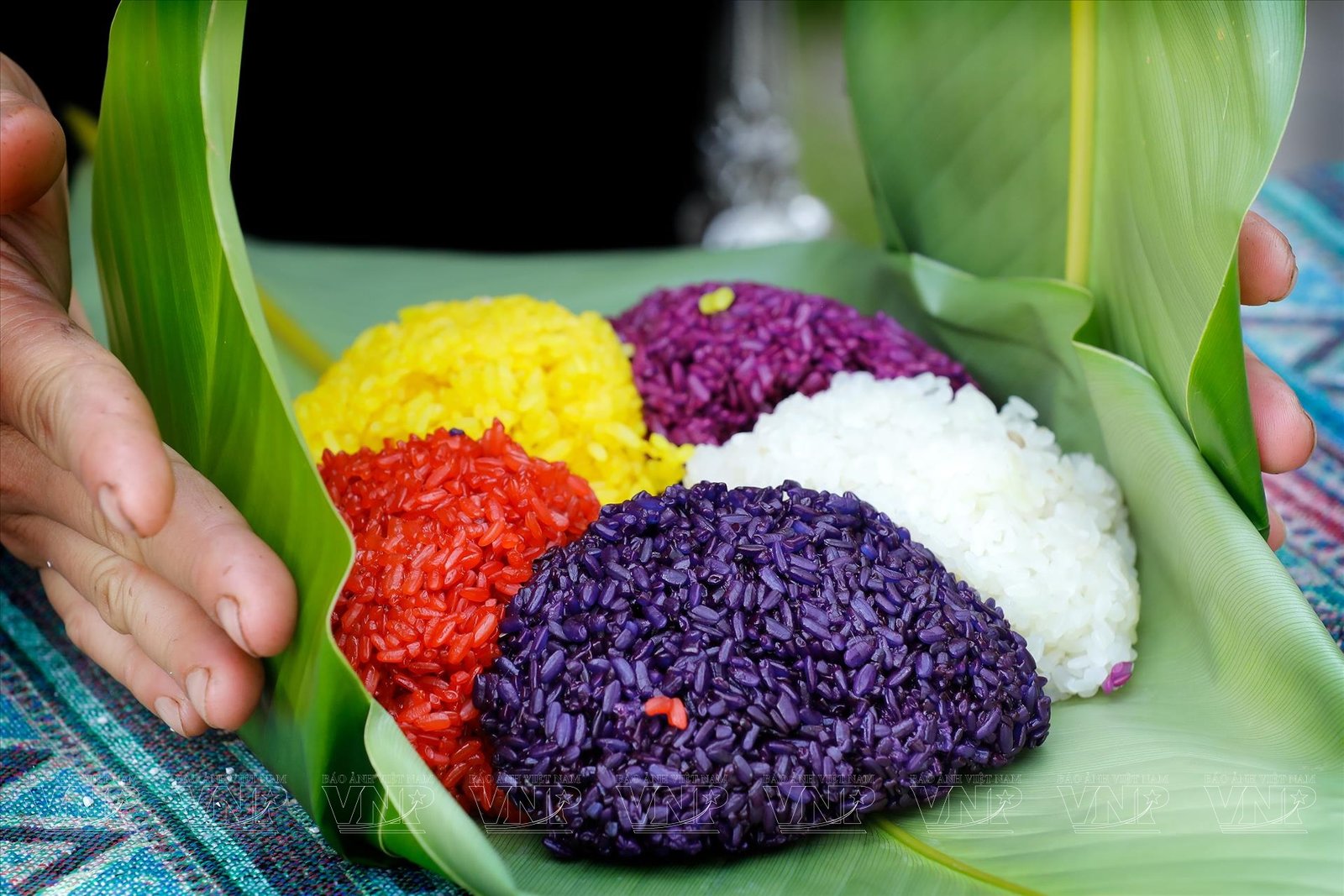
Final Thoughts
Yen Bai is more than a picturesque stop—it’s a cultural journey into the soul of northern Vietnam. From the golden rice terraces of Mu Cang Chai to the vibrant traditions of Nghia Lo, the serenity of Thac Ba Lake, and the wild peaks of Tram Tau, every corner has a unique story to tell.
A trip here means not only witnessing spectacular landscapes but also connecting with welcoming ethnic communities who keep their traditions alive.

